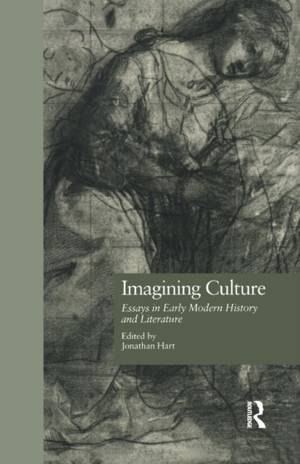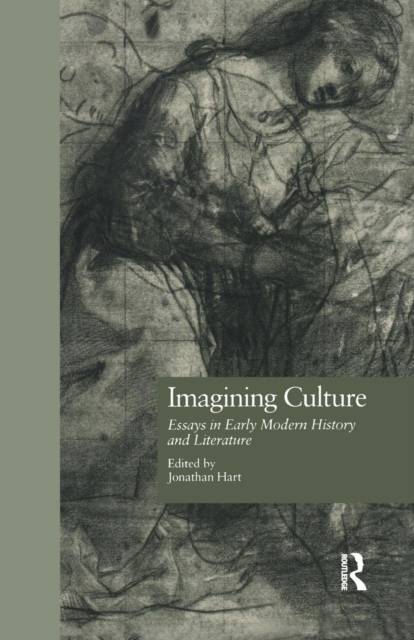
- Afhalen na 1 uur in een winkel met voorraad
- Gratis thuislevering in België vanaf € 30
- Ruim aanbod met 7 miljoen producten
- Afhalen na 1 uur in een winkel met voorraad
- Gratis thuislevering in België vanaf € 30
- Ruim aanbod met 7 miljoen producten
Zoeken
Imagining Culture
Essays in Early Modern History and Literature
€ 102,45
+ 204 punten
Omschrijving
This book of original essays explores three important areas in comparative literature and history and in cultural studies: the boundaries between history and fiction;women as writers and subjects; and the connection between the early modern, modern and postmodern. New history and new literary studies look at innovative ways to see past cultures in a new light. Traditional methods are used to new ends and writers who are familiar within their cultures are translated to other cultures. This study promotes an expanded understanding of our cultural artifacts in a rapidly changing present. It discusses English-speaking culture in the early modern period in the context of other European cultures and relates Europe to other parts of the world, most notably America. After grounding the discussion of culture in history, identity, dialogue as a genre that crosses the boundaries between philosophy and fiction, the rhetoric of prefaces to historical collections, cosmographies and histories that share something with the techniques of literary and forensic rhetoric, the book proceeds to discuss two central issues in cultural studies today: gender and postmodernity. The final section of the book provides a general assessment through early modern texts of modernity and postmodernity.
Specificaties
Betrokkenen
- Uitgeverij:
Inhoud
- Aantal bladzijden:
- 276
- Taal:
- Engels
- Reeks:
Eigenschappen
- Productcode (EAN):
- 9781138864337
- Verschijningsdatum:
- 29/10/2015
- Uitvoering:
- Paperback
- Formaat:
- Trade paperback (VS)
- Afmetingen:
- 140 mm x 216 mm
- Gewicht:
- 322 g

Alleen bij Standaard Boekhandel
+ 204 punten op je klantenkaart van Standaard Boekhandel
Beoordelingen
We publiceren alleen reviews die voldoen aan de voorwaarden voor reviews. Bekijk onze voorwaarden voor reviews.







